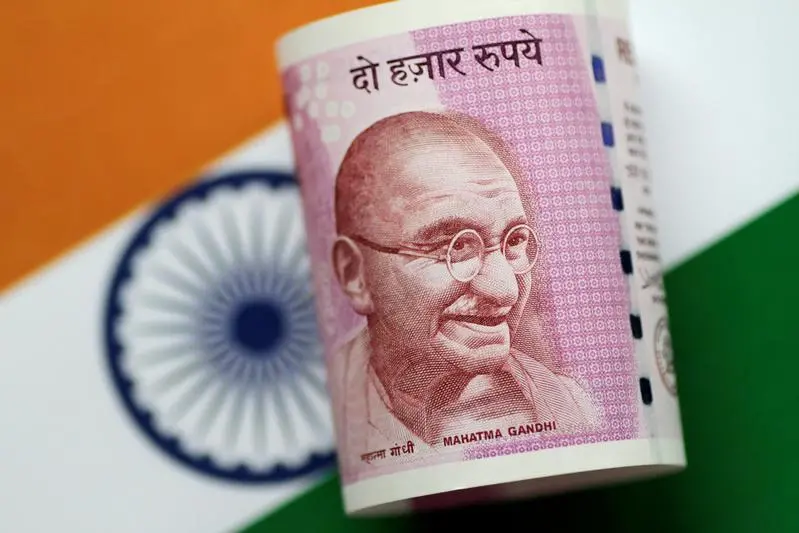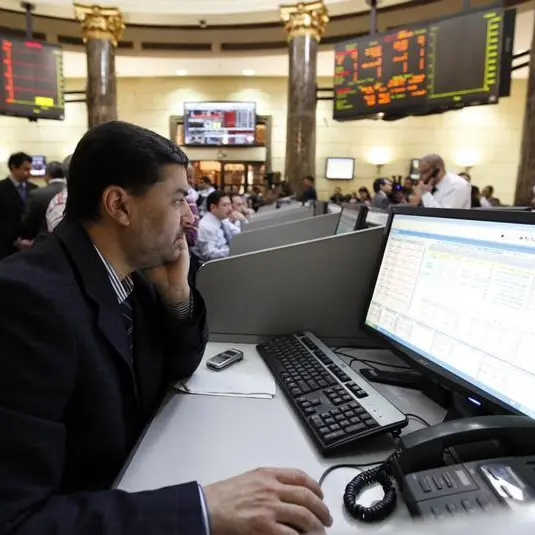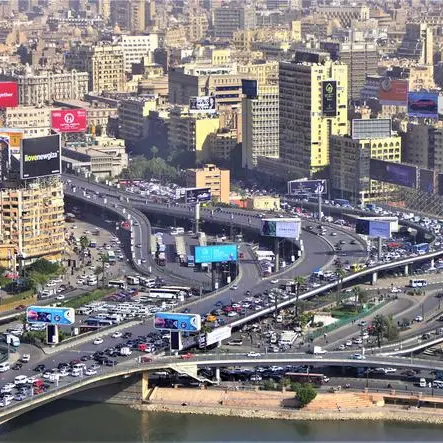PHOTO
(The author is a Reuters Breakingviews columnist. The opinions expressed are her own.)
MUMBAI - India’s scarring might run deeper than the latest economic results suggest. The country’s GDP contracted by 7.5% in the quarter through September from a year earlier, compared to a record 23.9% decline in the previous quarter. The result also was better than forecasts compiled by Reuters, but potentially masks the outsized after-effects the pandemic will have on a nation that was one of the world’s biggest drivers of growth before the pandemic.
Agriculture, which occupies about half the workforce, continued a positive run. Manufacturing swung narrowly back to growth, from a 39% contraction in the prior three-month period. Investment dropped just 7% compared to a stunning 47% earlier dip. Private consumption also improved. However, corporate cost-cutting may be supporting profit in a way that flatters the data. Government consumption shrunk a sharp 22% from the same quarter in 2019.
Policymakers nearly everywhere have forcefully responded to Covid-19, splashing out an unprecedented $11.7 trillion, or close to 12% of global GDP, per International Monetary Fund figures. By contrast, New Delhi has mapped a frugal course. By one measure focused on government budget balance, India’s adjusted fiscal response has been less than half the emerging-market average of 4.1 percentage points and is well short of the average eight percentage points for advanced economies, Citi notes. The conservatism has helped India hang onto an investment-grade credit rating.
It could prove a false economy, though. GDP per capita in 2025 may end up 12% below pre-crisis estimates, ranking India’s pandemic outcome amongst the worst in the world, reckons Priyanka Kishore from Oxford Economics. More spending now and a gradual phasing out of support might leave central government debt at half of GDP, up only around three percentage points from 2019.
In the absence of more official generosity in the $2.6 trillion economy, India’s best hope is to capitalise on a vaccine advantage. The country is among the largest producers and manufacturers such as the Serum Institute are already stockpiling AstraZeneca’s formulation. Inoculations need approvals and distributing them to enough of the 1.3 billion population will be an enormous challenge. It is nevertheless a development that could really move India’s economic needle.
CONTEXT NEWS
- India’s economy contracted 7.5% in the quarter through September from a year earlier, according to data released by the National Statistical Office on Nov. 27, compared to a decline of 23.9% in the previous three-month period.
- Economists in a Reuters poll had forecast an 8.8% contraction.
(The author is a Reuters Breakingviews columnist. The opinions expressed are her own.)
(Editing by Jeffrey Goldfarb and Katrina Hamlin)
© Reuters News 2020












